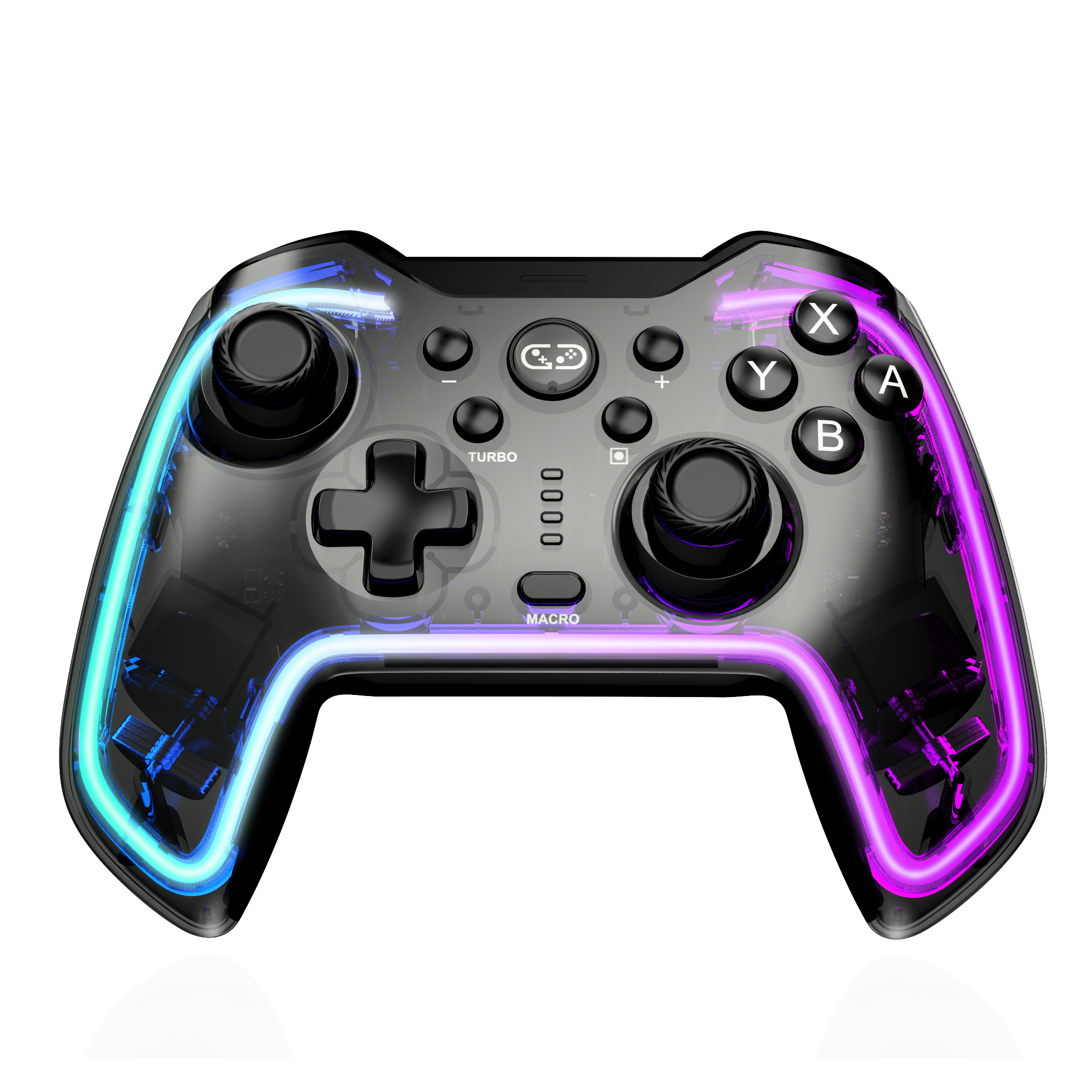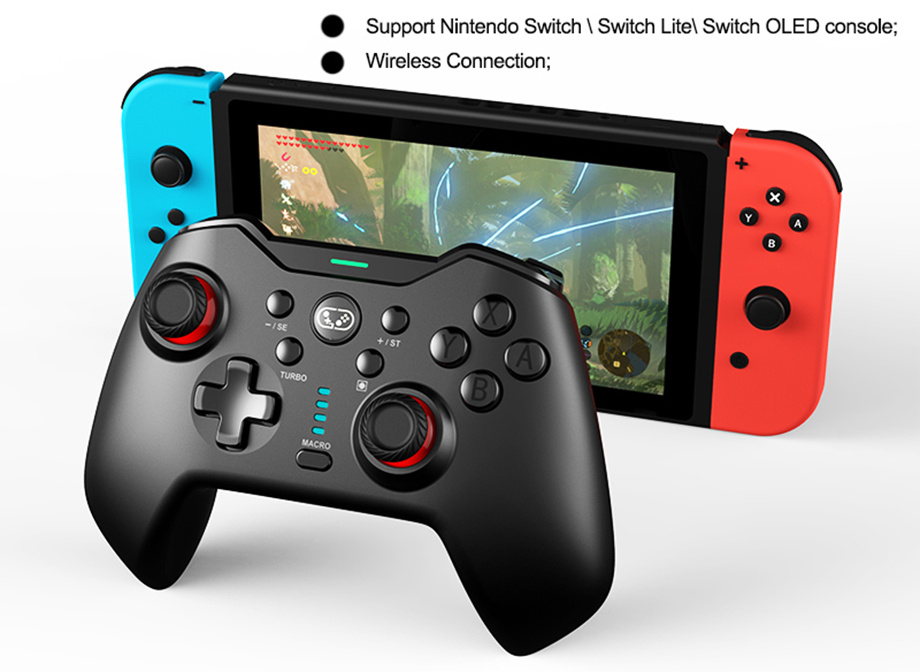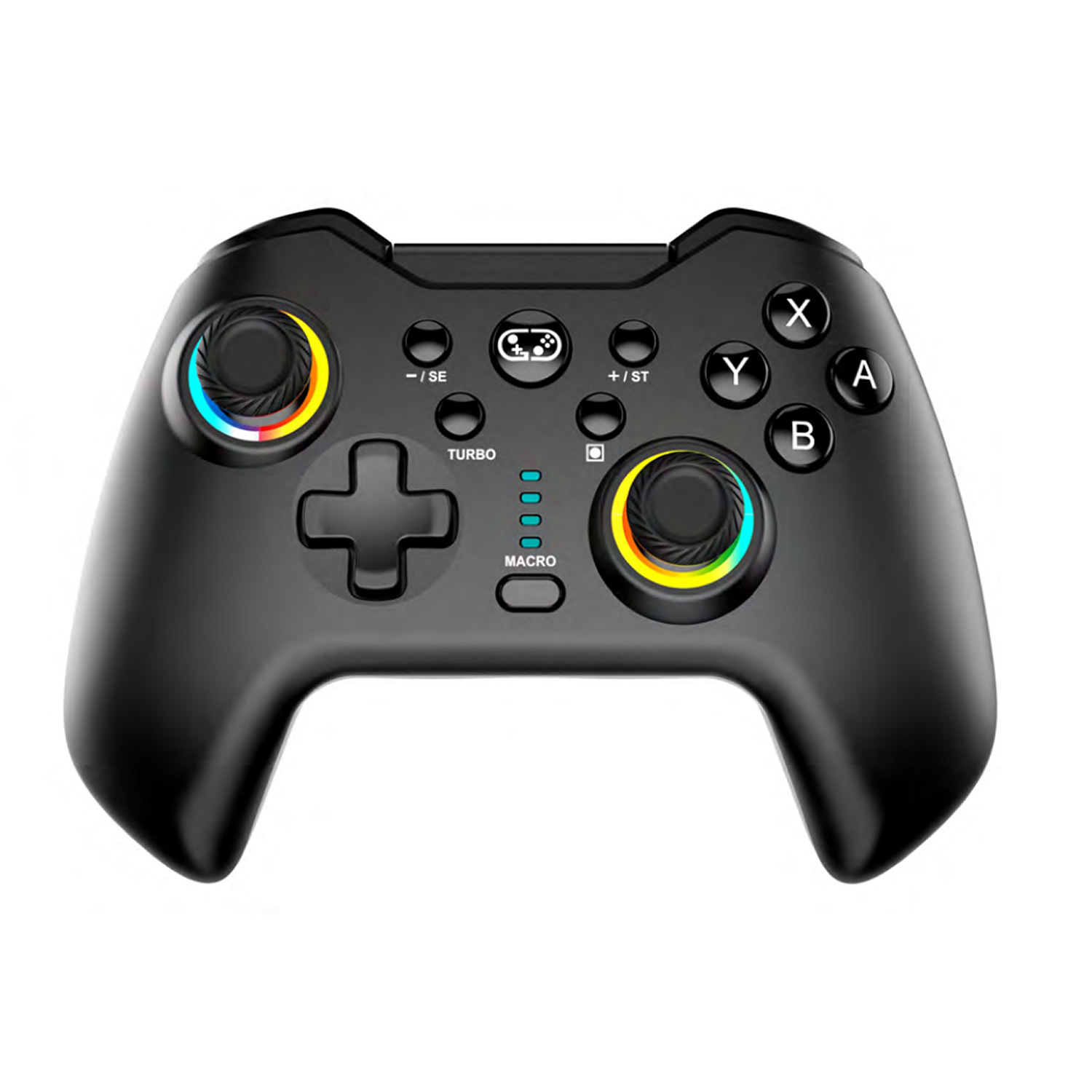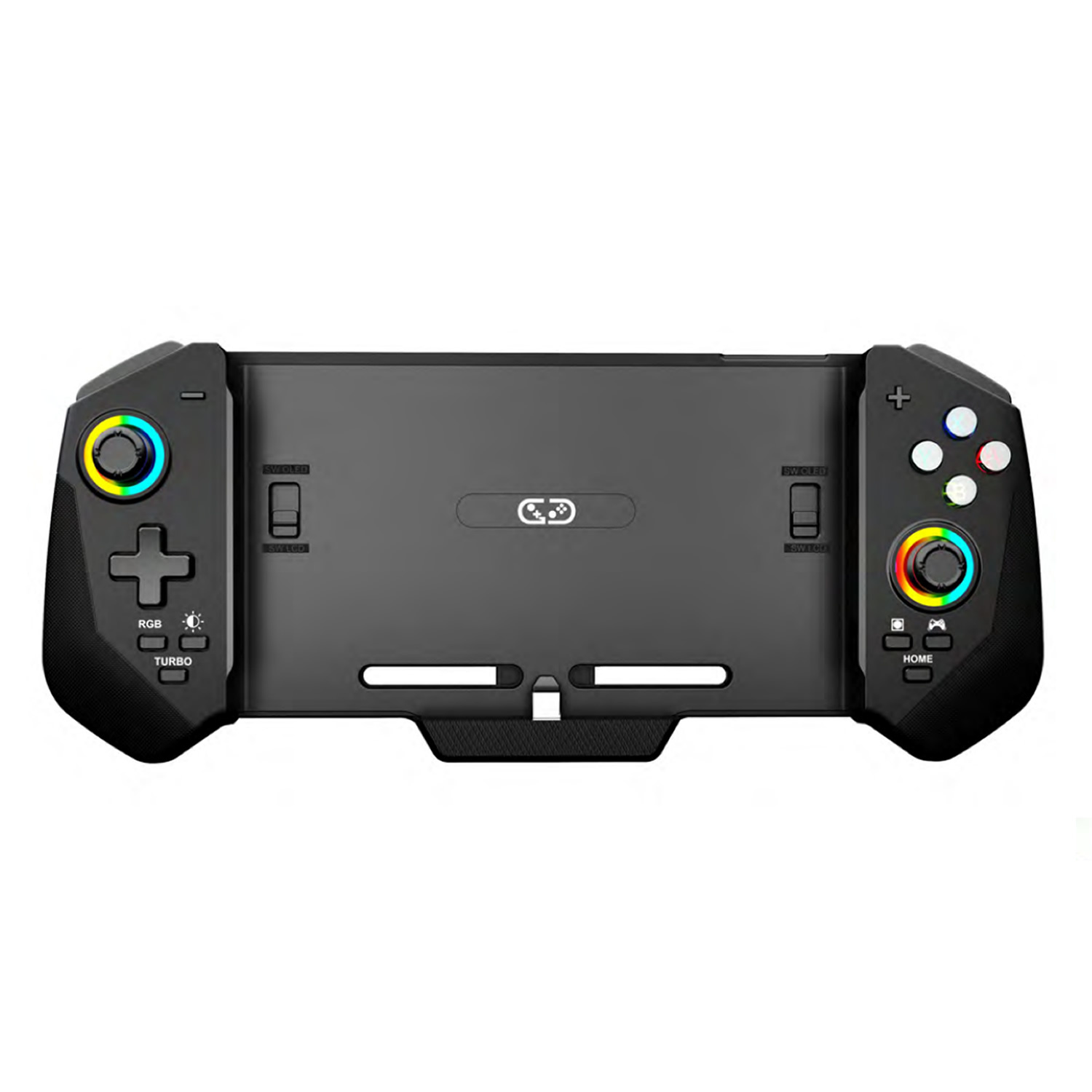Nintendo Switch 2 is coming Now in 2025
Nintendo Switch 2 is coming Now in 2025
Blog Article
Your Nintendo Switch 2 preorder won’t ship with an OLED screen, but an OLED-version isn’t out of the picture. Nintendo has reached out to Samsung Electronics Co. to manufacture Switch 2 chips in a bid to ramp up production speeds and potentially break its sales projections by March 2026, according to a new report from Bloomberg.
The Nintendo Switch 2 was met with almost unprecedented demand in Japan, and Nintendo has issued an apology that it had to limit pre-orders. Roughly 2.2 million people requested a preorder in Japan alone, and preorder numbers for Europe and North America haven’t been shared. However, pre-orders sold out quickly, indicating high demand across the globe.
Nintendo predicts that it will sell between 15 and 20 million units by March 2026, exceeding its initial goal of matching the Nintendo Switch’s debut sales of 15 million in the first ten months. Now, other factors have come into play, including supply chain woes and concerns over tariffs, but the gaming giant doesn’t expect to see much of an impact in overall sales.
Samsung has provided both flash memory and OLED screens for the Nintendo Switch, so this collaboration isn’t new. However, the original Nintendo Switch used chips manufactured at TSMC; the Switch 2 uses an Nvidia-based chipset, and Samsung’s manufacturing processes are optimized to produce that kind of chip. This means Nintendo won’t have to compete with other companies at TSMC for manufacturing capacity, increasing the chances of meeting the demand.
So does that mean you should wait to buy a Nintendo Switch 2? Perhaps, but not necessarily. While an OLED refresh would be a nice improvement, it isn’t guaranteed. And it also might not be needed. The Nintendo Switch 2 has an LCD display and a much-improved framerate that put it nearly on par with an OLED, according to our hands-on review.
The console also supports both ray-tracing and variable refresh rate to bridge the gap between LCD and OLED, and its use of DLSS (Deep Learning Super Sampling) keeps the frame rate smooth and steady.
Rumors of a Nintendo Switch 2 have been circulating for years. Whispers of the next-gen Nintendo console first started when The Legend of Zelda: Tears of the Kingdom was initially teased in 2019, then gained steam when the Switch OLED launched in 2021. There’s no doubt that the Nintendo Switch is a fantastic console — it has a unique and impressive game library (with more upcoming games slated for this year), the number of features included with Nintendo Switch Online is constantly improving, and it’s still our favorite portable console — but it isn’t without its flaws. But there’s plenty of room for improvement in a follow-up console.
After what felt like years of leaks and rumors, Nintendo has finally unveiled the Switch 2 to the world. Here’s everything we know about the system so far, as well as what is still up in the air.
On April 2, Nintendo hosted a special hour long Nintendo Switch 2 Direct where we finally learned the release date for the upcoming console. The Switch 2 will hit store shelves on June 5. Preorders were originally set to go live on April 9 but were delayed until April 24 due to new tariffs being introduced but we now have all the information you need about how to preorder the Switch 2.
As part of the Switch 2 announcement, Nintendo confirmed that both physical and digital Switch games will be compatible with the Switch 2. However, there is one asterisk here in that not every game will be compatible. Nintendo hasn’t released that list of games yet, so there’s no telling how extensive it is.
While it isn’t directly related to backward compatibility, we also learned that the Switch 2 will use the new Virtual Game Card system to make sharing digital games between consoles easier. Additionally, several Switch games can be upgraded to Nintendo Switch 2 Editions for a fee, though how much that is hasn’t been disclosed as of yet.
On the surface, the Switch 2 looks almost identical to the original Switch. It retains the same basic form factor and design but with a larger screen and Joy-Con controllers. Otherwise, the only major design change is a more sturdy-looking kickstand for the screen when playing with the Joy-cons detached. Nintendo went with an “if it ain’t broke, don’t fix it” mentality with the console.
The Joy-cons have the most new features hidden inside. First, they are now magnetically connected to the main screen so you no longer have to slide them in and out of position. What is most unique this time, though, is the ability to use a Joy-con similar to a mouse by placing it on its edge on a surface. This could open up a new world of possibilities for how we interact with games on a console. The only game we have seen this in action for thus far is Metroid Prime 4: Beyond but expect it to be an option in more games as they release.
While not specifically tied to design, one interesting thing missing from the Switch 2 is any form of achievements. Speaking to Polygon, Nintendo Vice President Bill Trinen was asked if players could look forward to earning any kind of system-wide achievements on the Switch 2, to which he simply replied, “Nope.”
Nintendo Switch 2 Price
It’s time to start saving up because the Switch 2 will cost you $499 at launch or $500 for the Switch 2 and Mario Kart World bundle. There were concerns that the price would go up after multiple tariffs were introduced in the US, which caused the preorder date to be delayed, but Nintendo confirmed that those prices will stay the same for the time being, although the prices on some accessories were impacted. We have seen consoles increase in price after launch, however, so we can never be sure this price will stay at this amount indefinitely.
Considering the original Switch never got a price reduction, don’t expect this system to get any official price cut either.
Nintendo-Switch Controller replacement Item
The main products include game controllers and accessories compatible with PlayStation, Nintendo, Microsoft, Android & iOS, PC and other game platforms.
For anyone who isn’t tech-savvy and unsure what all those numbers and letters mean, especially looking at the CPU, GPU, and memory, don’t worry. The main takeaways are that the CPU has more cores available for developers and the system has a far higher maximum clock speed. However, the current specs don’t show it fully utilizing it which might mean more power could be made available in future updates. A higher clock speed typically allows games to load and run faster.
The Ampere GPU is the same used in the RTX 30 series but is the most difficult aspect to really talk about since it is very dependent on how each developer utilizes this power. If you want some more numbers, this GPU is rated for 3.072 TFLOP in docked mode or 1.71 in handheld.
On the memory front, 12 GB of LPDDR5X split between two modules, with 3 dedicated to the system itself, will leave 9GB of memory for developers to work with. By comparison, the Switch 1 only had 3.2GB leftover for developers, making this almost a 3X improvement.
One aspect that doesn’t fit neatly into that table is DLSS. Nintendo has confirmed that the new system will take advantage of this AI upscaler, as well as ray tracing technology, but it wasn’t willing to share how. This makes sense, given we know that the system uses an Nvidia GPU, but we were told by Tetsuya Sasaki, GM of Nintendo’s Technology Department Division, that “Nintendo doesn’t share too much on the hardware spec. What we really like to focus on is the value that we can provide to our consumers. But I do believe that our partner Nvidia will be sharing some information.”
The company was similarly cryptic about ray tracing beyond the fact that the GPU does support that technology as an option for developers.
The Switch 2 will use new magnetic Joy-Cons that are slightly larger than the originals but have a few other notable upgrades. For one, they now connect magnetically instead of sliding into place, but the big new feature is the ability to use them similar to a mouse. Certain games will allow you to place one Joy-Con on a flat surface and essentially use it as a pointer, like a traditional mouse for aiming in FPS games or playing strategy games.
The Switch 2 will also come with a new and improved Pro Controller that is a big step up from the original. This new version includes the new C button for the new GameChat feature, an audio jack, and customizable back buttons. This brings it in line with the best PS5 controllers and best Xbox controllers in terms of functionality.
One bit of sad news that Nintendo Life uncovered is in regard to the rampant Joy-con drift issues that were present on the original Switch. Many hoped that the Switch 2 would use hall effect sticks, which are much more durable and less prone to issues, but Nintendo of America’s Nate Bihldorff directly states this is not the case. “Well, the Joy-Con 2’s controllers have been designed from the ground up. They’re not Hall Effect sticks, but they feel really good.”
It is too soon to be alarmed about the return of Joy-con drift, but this isn’t a positive sign.
Report this page







